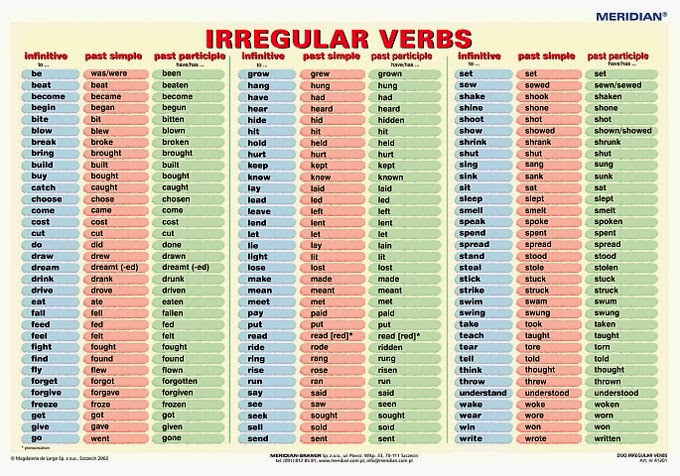HAD BETTER/HAD BETTER NOT
(taken from http://baladre.info/english/sedaviwebfront/hadbettergrammar.htm)
Ex: You'd better stay at home or you'll get wetYou'd better not do it, if you want to keep your job.
This structure is used to express that something is ADVISABLE (=aconsejable) either in a positive or a negative sense and is similar in meaning to 'I think you should'…
1. INTERROGATIVE reads as follows:
Had I better stay or go ?
2 .NEGATIVE
always takes negative NOT and is then followed by bare infinitive
You'd better not heat it much or it will go off ( 'Será mejor que no lo calientes demasiado o se estropeará')
3. CONTRACTIONS:
always ….'D ( I'd….,You'd…., He'd……We'd…..)
WOULD('D )RATHER + BARE INFINITIVE +THAN
Ex. I'd rather fish than hunt.I'd rather not listen to your words
I'd rather you didn't tell me how cold you were when you went skiing.
This structure is used to express preference and takes the auxiliary WOULD and a BARE INFINITIVE (infinitive without 'to')
1. INTERROGATIVE:
What would you rather do, eat here or eat out ?
2. NEGATIVE
I'd rather not say anything else or I will get very angry.
3. INTRODUCING A NEW SUBJECT.
I'd rather you went accompanied than alone.
I'd rather you didn't come home too late.
EXERCISE 1
EXERCISE 2



.jpg)

